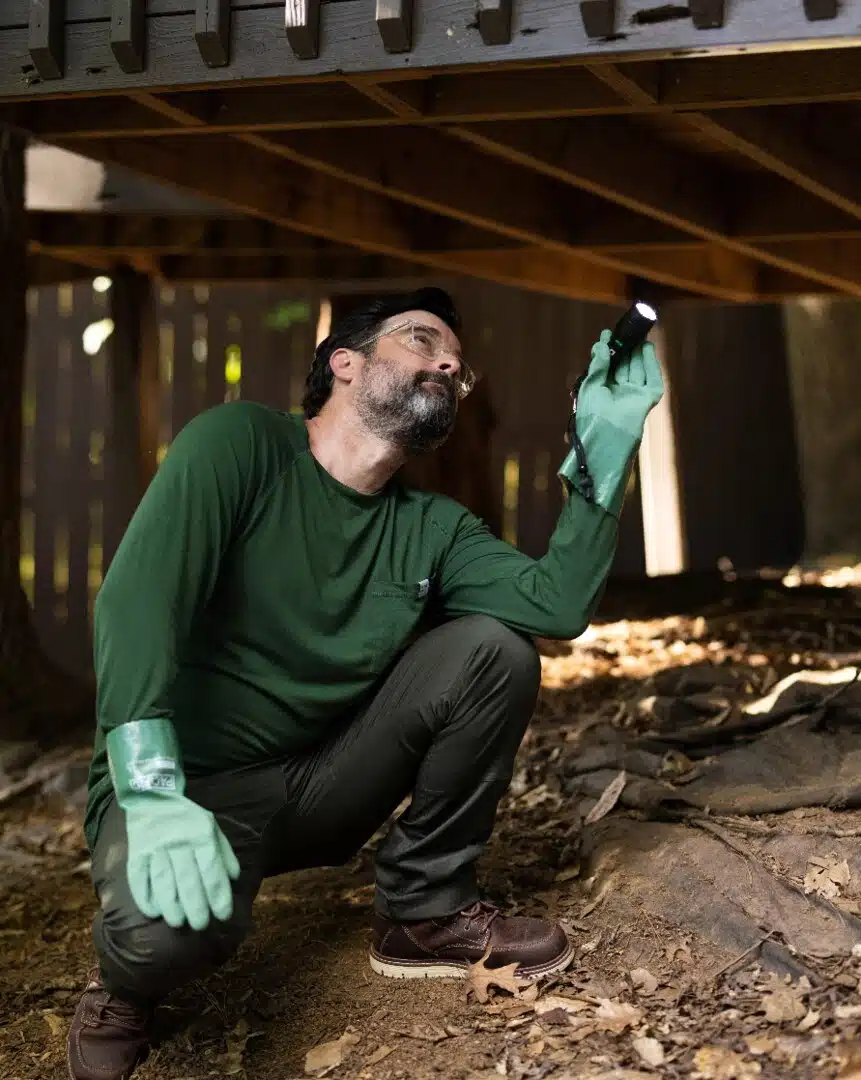All About Stink Bugs: Identification, Types, Treatment, Life Cycle, Habitat, and Prevention
Identification of Stink Bugs
Stink bugs, known scientifically as members of the family Pentatomidae, are easily recognizable by their shield-shaped bodies. They range in size from about 1/4 inch to 3/4 inch in length and are typically brown or gray in color, although some species may have colorful markings. These pests are notorious for the unpleasant odor they release when threatened or crushed, a defense mechanism used to deter predators.
Types of Stink Bugs
There are several types of stink bugs, but the most common in residential areas is the Brown Marmorated Stink Bug (Halyomorpha halys). Native to Asia, this species has become widespread in North America and Europe, causing significant agricultural damage. Other common types include the Green Stink Bug (Chinavia hilaris) and the Southern Green Stink Bug (Nezara viridula).
Stink Bug Treatment Approaches
Managing stink bugs generally involves a combination of mechanical methods and careful planning. Sealing entry points in homes can prevent stink bugs from invading indoor spaces. Vacuuming can be an effective way to remove stink bugs from your home without triggering their odor. It’s important for homeowners to consult with pest management professionals to discuss the options available in their area for managing these pests.
Life Cycle of Stink Bugs
Stink bugs experience a “simple metamorphosis” which includes the stages of egg, nymph, and adult. The female stink bug lays eggs on the underside of leaves in the spring. Nymphs, which emerge from the eggs, go through multiple molts before reaching adulthood. This cycle can take from several weeks to months depending on the climate and environmental conditions.
Habitat of Stink Bugs
Stink bugs are adaptable to various environments but are commonly found in gardens, orchards, and farms where they feed on fruits and plants. During colder months, they often seek shelter inside homes and other buildings, leading to conflicts with homeowners. In natural settings, they may inhabit trees, bushes, and other vegetated areas.
Prevention of Stink Bug Infestations
Preventing stink bugs from entering homes and buildings is crucial. Homeowners should seal cracks around windows, doors, and foundations, and repair any tears in screens. Proper landscaping can also help, as reducing moisture and removing debris around the building can deter stink bugs from settling nearby. Awareness of peak stink bug seasons can help in scheduling preventive maintenance.
